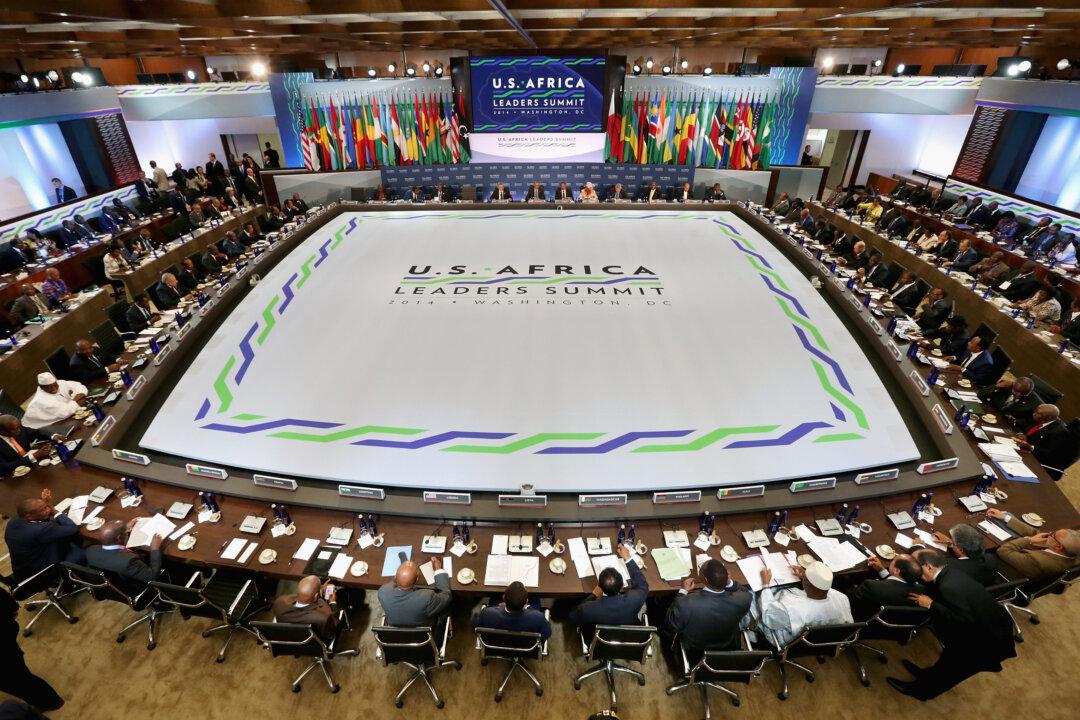Kenyan affairs have a tendency to make international headlines for short periods of time. Al-Qaeda operatives blew up the U.S. Embassy in Nairobi in 1998, shocking the entire world. The bloodshed after the 2007 elections was a favorite topic of debate among anchors and journalists all over the world.
More recently, Kibera, Africa’s largest urban slum, often finds itself presented as an example of extreme poverty on the continent—and the sporadic violent attacks against its residents, or the policemen who venture into the slum, draw temporary negative attention. Cattle raiders in northern Kenya killing scores of people on an annual basis briefly, and often, make the news.
And now we read of the terrorist attacks at Westgate Mall in Nairobi.
All of these unique events shock and awe the Western public for very brief amounts of time until news watchers jump to the next headline when CNN, BBC, and Al-Jazeera move on to hotter topics. Then, a few months later, something else—another event—comes out of Kenya to once again amaze people in a very terrifying fashion.
Yet it seems we are never quite able to connect the dots. While all of these events are unique (the violence takes different shapes and forms), there is a certain amount of repetition in Kenyan political and social affairs. These outbreaks of violence certainly emerge from varying political realities. However, they are connected by the actuality that violence is not an event but a process. It evolves over time through social, cultural, and political metamorphoses providing a slightly different script but always the same story.
A History of Violent Episodes
The truth is that Kenya has been marred by political violence and social unrest since the early 20th century. In that period, the Brits were hopelessly trying to “civilize” the natives by containing them to various areas of the country and preventing them from buying property in Nairobi (a city founded in 1899 but which did not even have its own cemetery until the 1970s). The Mau Mau rebellion of the 1950s, during which Kikuyu militant groups launched dozens of attacks, not only on British forces, but also on local community leaders sympathetic to the empire, continues to represent a contentious episode in Kenyan history.
Later on, Jomo Kenyatta’s ethnic favoritisms and violent crushes of political opponents kept Kenya as divided as it was during colonial times. Fast forward to the 1990s and one sees how every four years, during elections, isolated episodes of violence became the norm, not the exception, when Daniel Arap Moi used the state militia to eliminate his electoral opposition.
Kenya’s history, in a nutshell, is a succession of violent events serving only to expose the fragility of the multiparty system in the country, the deeply entrenched social divisions among various ethnic groups, and the resulting normalization of violence as an everyday affair.
Now once again, tragedy has struck as masked gunmen stormed into a high-end mall in Nairobi, frequented primarily by the Kenyan upper class and expats, to kill dozens of people and injure close to 200. According to various sources, al-Shabab, an Islamist militant group based in Somalia, claimed responsibility for the attacks that were orchestrated in response to Kenya’s military presence in Somalia for the last couple of years.
And once again we are shocked and appalled.
Unstable Political Institutions
We think of senseless violence and the war on terror. We ask ourselves: how is it possible that this is happening? Why would people do such horrible things to other people? As we ask these questions and feed our insatiable desire for tragic news, we continue to miss the point.
We continue to neglect the reality that once the curtain falls, there rarely is any post-mortem analysis on what’s at stake in Kenyan politics. The underlying issues are rarely—if ever—addressed. Focusing our attention on the “evil” behind these attacks, we fail to see the instability of the political institutions in Kenya.
We turn our eyes away from the fragile political consensus of coalition governments forced to work together by international organizations that favor the illusion of stable institutions over the reality of the illegitimate nature of those at the helm of Kenyan politics—a dichotomy Kenyan citizens fully recognize.
We look away from rampant corruption among Kenyan elites and the incompetence of the state police and army. We ignore ethnic divisions, demarcating various streams of power, ultimately rolling up under the past, current, and future Kenyan presidents.
And as we ignore all of this, we end up, once again focusing on the “what”—for example the terrorist attack at the Westgate mall—instead of the “how”—for example the normalization of violence in a political climate that is at once illegitimate and incapable of providing a scintilla of safety to the Kenyan populace.
In an article for The New York Times, veteran correspondent Jeffrey Gettleman ended his coverage of the terrorist attacks by quoting a counterterrorism expert who claimed the tragedy at the mall is only the beginning of violent, al-Qaeda driven, attacks in East Africa. In the context of Kenya however, this attack is more a continuation of previous patterns of violence in a climate of insecurity, rampant corruption, and inefficient local and state institutions—than any sort of a “beginning.”
It is just another predictable episode in the history of a country plagued with mistrust on all sides of the political spectrum. Kenya is a country governed by amateur opportunists who use ethnicity, coercion, and the illusion of democracy to maintain power and expand their personal wealth and influence.
So no matter how tragic the recent events in Kenya might be, the future is even less bright, since all the focus in the weeks to come will be on the Somali terrorists instead of the historical conditions which, at the outset, made this episode possible. When understood as part of a process, violence can never be stopped by focusing on one individual event. As such, focusing on finding the culprits behind the attacks without taking a closer look at the history of violence in Kenya is like treating a cancer patient with aspirin: simply unrealistic.
Codrin Arsene writes about African political and cultural affairs. He is a Chicago-based anthropologist who lived and worked in Tanzania and Uganda.




